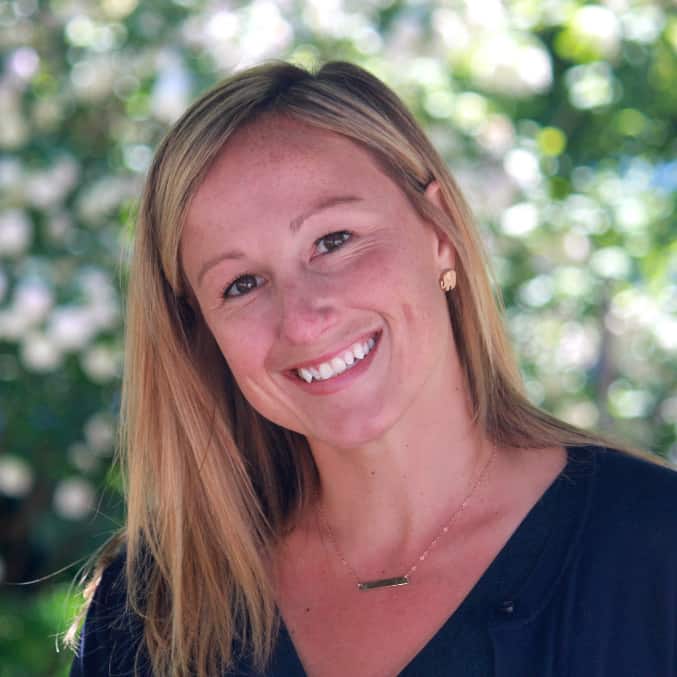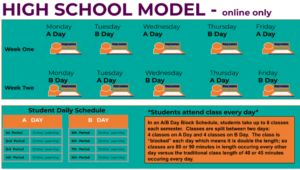Personalized and Blended Learning Practices

Trying to get started with blended, personalized learning but not sure where to start? Know how to implement these approaches or have resources to use? The Learning Accelerator, a national nonprofit organization working to address the common challenges educators and school systems face in implementing blended and personalized learning at scale, recently released teacher practices, resources and professional learning focused on advancing personalized and blended learning.
Before viewing the resources, here’s a bit more about Learning Accelerator….
Founded in late 2012, The Learning Accelerator (“TLA”) believes every child deserves a highly engaging, effective and equitable education that’s personalized to their interests, needs and strengths, informed by data, and mastery-based. Blended learning– the strategic integration of the very best-in person learning with technology– can be a powerful tool to help teachers make this vision a reality for every child, every day.
“Our Blended and Personalized Learning At Work site is an effort to really share, openly and actionably, the promising work of early innovators,” says TLA’s Chief Executive Officer, Beth Rabbitt. “By getting under the hood of what schools, systems, and their support partners are doing, we can move from just talking about this work to actually help other educators test and adapt initial strategies in their own contexts. We can also begin to build a more collective agenda for improvement and scale.” (See The Learning Accelerator Practices.)


All of the site is openly licensed and TLA encourages practitioners to use, share and modify the contents in ways that work for them.
In addition to sharing general tools and guidance on the site, The Learning Accelerator unpacks and shares real examples from the field to further assist educators looking to do this work. Personalized and blended learning can be viewed as ambiguous and not clearly defined terms, but the Learning Accelerator is seeking to clearly define what their definition is and what it looks like in practice.
All too often, teachers express they are left to figure out practically how to implement new ideas in their classroom. The updated site leaves nothing left to the imagination (although many of the practices encourage educators and in turn their students to in fact use creativity and their imaginations) and provides plenty of guidance and examples for teachers — be they just starting in their practice or been at blended and personalized for years.

For more, see:
- The Learning Accelerator Receives a $750,000 Grant to Support Blended Learning
- Smart Review | MasteryTrack: Powering Competency-Based Learning
- Takeaways from the 2017 Blended and Personalized Learning Conference
Stay in-the-know with all things EdTech and innovations in learning by signing up to receive the weekly Smart Update. This post includes mentions of a Getting Smart partner. For a full list of partners, affiliate organizations and all other disclosures, please see our Partner page.








0 Comments
Leave a Comment
Your email address will not be published. All fields are required.